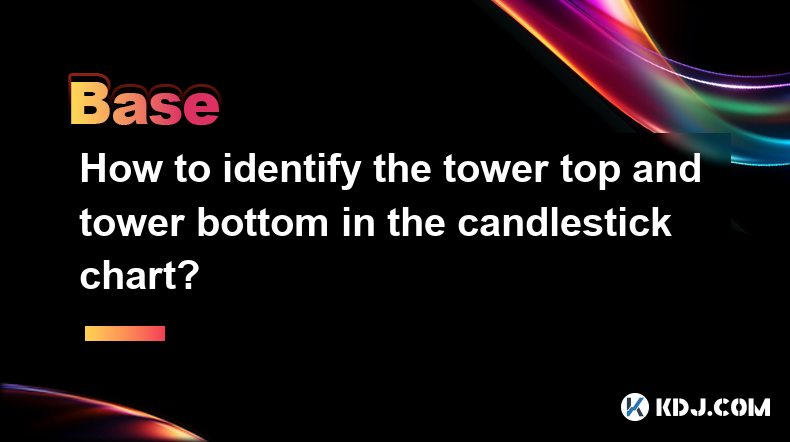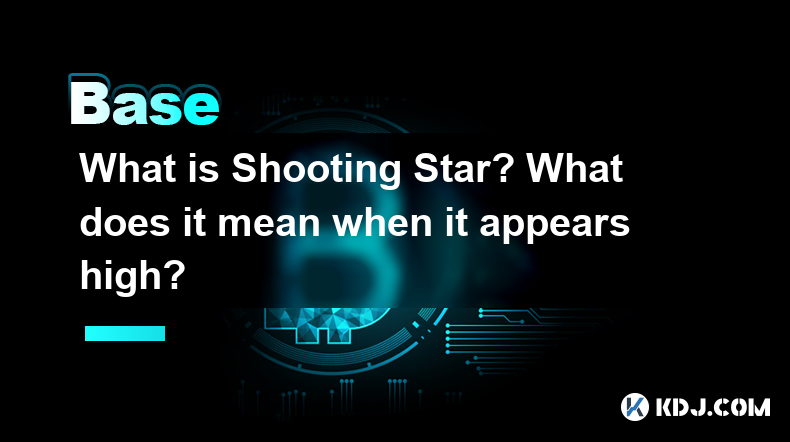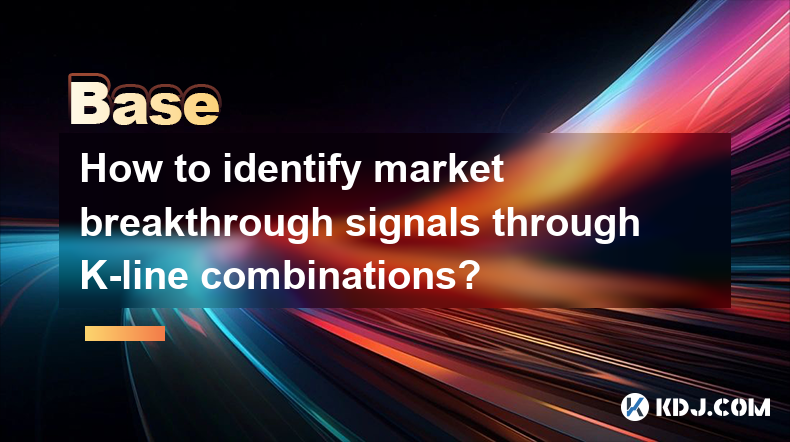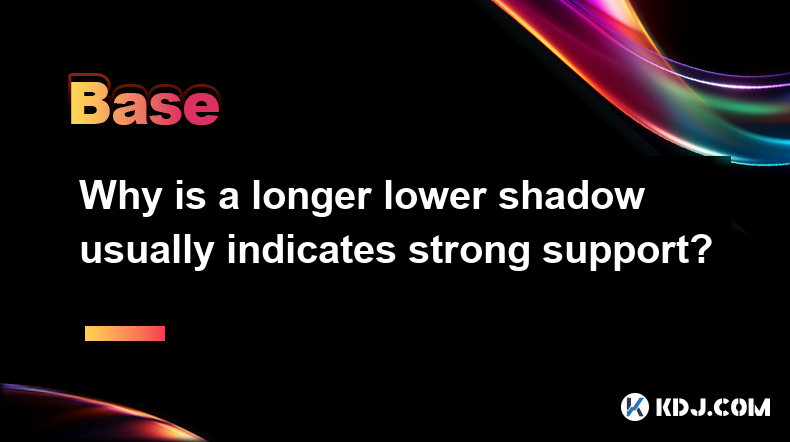-
 Bitcoin
Bitcoin $83,324.3682
-0.96% -
 Ethereum
Ethereum $1,818.1316
-2.08% -
 Tether USDt
Tether USDt $0.9999
0.00% -
 XRP
XRP $2.0459
-1.77% -
 BNB
BNB $602.9670
0.61% -
 Solana
Solana $118.6811
-4.36% -
 USDC
USDC $1.0000
-0.01% -
 Dogecoin
Dogecoin $0.1647
-2.29% -
 Cardano
Cardano $0.6489
-2.70% -
 TRON
TRON $0.2354
-0.80% -
 Toncoin
Toncoin $3.7675
-5.81% -
 UNUS SED LEO
UNUS SED LEO $9.4264
0.19% -
 Chainlink
Chainlink $12.9734
-3.40% -
 Stellar
Stellar $0.2619
-1.17% -
 Avalanche
Avalanche $18.3750
-2.81% -
 Sui
Sui $2.3033
-0.83% -
 Shiba Inu
Shiba Inu $0.0...01223
0.28% -
 Hedera
Hedera $0.1629
-0.49% -
 Litecoin
Litecoin $83.8176
2.52% -
 Polkadot
Polkadot $4.0062
-0.84% -
 MANTRA
MANTRA $6.3682
2.59% -
 Bitcoin Cash
Bitcoin Cash $304.3215
-0.10% -
 Bitget Token
Bitget Token $4.5315
-0.92% -
 Dai
Dai $1.0001
0.00% -
 Ethena USDe
Ethena USDe $0.9998
0.00% -
 Pi
Pi $0.6280
-8.11% -
 Hyperliquid
Hyperliquid $11.9038
-8.61% -
 Monero
Monero $214.1930
-0.70% -
 Uniswap
Uniswap $5.9929
-0.74% -
 Aptos
Aptos $5.2227
-0.74%
Can cryptocurrency be used for everyday payments?
Crypto's use for daily payments is hindered by volatility, slow transaction speeds, limited merchant acceptance, and security concerns, despite ongoing technological advancements.
Mar 30, 2025 at 01:57 pm

The Reality of Crypto Payments in Daily Life
The question of whether cryptocurrency can be used for everyday payments is complex. While the technology is rapidly evolving, widespread adoption for everyday transactions still faces significant hurdles. The volatility of many cryptocurrencies makes them unsuitable for predictable budgeting. A purchase made with Bitcoin today might be significantly more or less expensive tomorrow, depending on market fluctuations. This uncertainty discourages many merchants and consumers from embracing crypto for routine transactions.
Transaction Speed and Fees
Transaction speeds vary considerably depending on the cryptocurrency. Some, like Bitcoin, can experience significant delays and high transaction fees during periods of network congestion. This contrasts sharply with the instant processing of credit and debit card payments. Faster cryptocurrencies exist, but their adoption and merchant acceptance remain limited. The fees, while sometimes lower than traditional payment processors, can still be unpredictable and a deterrent for small purchases.
Merchant Adoption and Infrastructure
A major obstacle is the limited acceptance of cryptocurrencies by merchants. While some businesses, particularly online retailers, accept Bitcoin or other popular cryptocurrencies, the vast majority still primarily rely on traditional payment methods. This lack of widespread merchant adoption creates a chicken-and-egg problem: consumers are hesitant to use crypto if few places accept it, and merchants are hesitant to accept it if few consumers use it. The infrastructure needed to seamlessly integrate crypto payments into existing point-of-sale systems is also underdeveloped.
Security and Privacy Concerns
Security remains a concern for both consumers and merchants. The risk of losing cryptocurrency due to hacking, scams, or loss of private keys is a significant deterrent. While blockchain technology offers a degree of transparency, the anonymity associated with some cryptocurrencies can also attract illicit activities. This can lead to regulatory scrutiny and concerns about money laundering and other financial crimes. Robust security measures are crucial, but they add complexity to the payment process.
Volatility and Price Fluctuations
The inherent volatility of most cryptocurrencies presents a major challenge for everyday payments. The price can fluctuate wildly in short periods, making it difficult to determine the actual cost of a transaction at the time of purchase. This uncertainty makes it risky for both buyers and sellers, especially for larger purchases. Stablecoins, designed to maintain a stable value pegged to a fiat currency like the US dollar, attempt to address this issue, but their own stability and regulatory status are still evolving.
Scalability and Network Congestion
Many cryptocurrencies face scalability issues, meaning they struggle to handle a large volume of transactions simultaneously. This can lead to network congestion, resulting in slower transaction times and higher fees. Various solutions are being explored, including layer-2 scaling solutions and improvements to consensus mechanisms, but these are ongoing developments. Until these issues are adequately addressed, the use of crypto for high-volume everyday transactions will remain limited.
User Friendliness and Accessibility
Compared to traditional payment methods, using cryptocurrency can be more complex and less user-friendly. Managing private keys, understanding different wallets, and navigating the intricacies of blockchain technology can be daunting for the average consumer. The learning curve can be steep, potentially deterring wider adoption. Simpler interfaces and user-friendly wallets are essential for improving accessibility.
Regulatory Uncertainty
The regulatory landscape for cryptocurrencies is still evolving and varies significantly across different jurisdictions. Lack of clear regulations and differing legal interpretations create uncertainty for both businesses and consumers. This uncertainty can hinder merchant adoption and limit the potential for widespread use in everyday payments. Clearer and more consistent regulatory frameworks are needed to foster growth and trust.
Technological Limitations
While blockchain technology offers many advantages, it also has technological limitations. The energy consumption of some cryptocurrencies, particularly those using proof-of-work consensus mechanisms, is a significant environmental concern. This has prompted the development of more energy-efficient alternatives, but the transition is ongoing. Furthermore, the integration of crypto payments into existing financial systems requires significant technological advancements.
The Future of Crypto in Everyday Payments
Despite the challenges, the potential for cryptocurrencies to play a role in everyday payments remains. Continued technological advancements, increased merchant adoption, and clearer regulatory frameworks could pave the way for wider acceptance. However, it's unlikely that cryptocurrencies will completely replace traditional payment methods in the near future. A more realistic scenario involves cryptocurrencies coexisting with existing systems, offering alternative payment options for specific use cases.
Frequently Asked Questions
Q: Are there any cryptocurrencies better suited for everyday payments than others?
A: Stablecoins, designed to maintain a stable value, are often considered more suitable for everyday transactions than highly volatile cryptocurrencies like Bitcoin. However, even stablecoins have their own risks and limitations. The best cryptocurrency for everyday payments will depend on factors such as transaction speed, fees, and merchant acceptance.
Q: How secure is using cryptocurrency for everyday payments?
A: The security of using cryptocurrency depends on various factors, including the security of your wallet, the exchange you use, and your own security practices. Using reputable exchanges and wallets, employing strong passwords and two-factor authentication, and regularly backing up your private keys are essential for mitigating security risks.
Q: What are the environmental implications of using cryptocurrency for payments?
A: Some cryptocurrencies, especially those using proof-of-work consensus mechanisms, have high energy consumption. This raises environmental concerns. However, many newer cryptocurrencies utilize more energy-efficient consensus mechanisms, aiming to reduce their environmental impact. The environmental impact varies significantly depending on the specific cryptocurrency used.
Q: What are the legal and regulatory implications of using cryptocurrency for payments?
A: The legal and regulatory landscape for cryptocurrencies is constantly evolving and differs significantly across jurisdictions. It's essential to stay informed about the relevant laws and regulations in your location before using cryptocurrency for payments. The lack of uniform global regulation presents a significant challenge for widespread adoption.
Q: How can I start using cryptocurrency for everyday payments?
A: To start using cryptocurrency for everyday payments, you'll need to create a cryptocurrency wallet, acquire some cryptocurrency, and find merchants that accept it. Research different cryptocurrencies to find one that suits your needs, considering factors like transaction fees and volatility. Always exercise caution and prioritize security.
Disclaimer:info@kdj.com
The information provided is not trading advice. kdj.com does not assume any responsibility for any investments made based on the information provided in this article. Cryptocurrencies are highly volatile and it is highly recommended that you invest with caution after thorough research!
If you believe that the content used on this website infringes your copyright, please contact us immediately (info@kdj.com) and we will delete it promptly.
- FDUSD, BTC, TUSD, SEI, and LINK are the top 5 virtual asset-related keywords attracting the most interest
- 2025-04-03 15:45:12
- Bitcoin Pepe (BPEP) could hit $250 in four years
- 2025-04-03 15:45:12
- TAO Breaks Resistance, HYPE Dips 14%— Yet BlockDAG PullS in $210M Following Keynote 3 Launch!
- 2025-04-03 15:40:13
- Dogecoin (DOGE) Price Prediction: An Analyst Highlights a Bullish Divergence, Suggesting a Rally Could Be in the Cards
- 2025-04-03 15:40:13
- XRP Navigates Volatile Waters, Targeting a Breakout From Its Range
- 2025-04-03 15:35:27
- Meme Cryptocurrency Dogecoin DOGE/USD Falls After President Donald Trump's Tariff Shock, Extending Weekly Losses to Over 16%
- 2025-04-03 15:35:27
Related knowledge

Why can the inverted hammer shape appear at the bottom be used as a reversal signal?
Apr 03,2025 at 04:07pm
Inverted Hammer is a common K-line pattern in technical analysis, and is often regarded as a potential reversal signal when it appears at the bottom. This article will explore in detail why an inverted hammer line may be a reversal signal when it appears at the bottom, and provide specific identification and application methods. Basic characteristics of...

How to identify the tower top and tower bottom in the candlestick chart?
Apr 03,2025 at 04:03pm
In K-line chart analysis, 'Tower Top' and 'Tower Bottom' are two important reversal patterns and are usually used to predict changes in price trends. Identifying these patterns requires careful observation of the price trend and the pattern characteristics of the K-line. Below we will introduce in detail how to identify the 'tower to...

What is Shooting Star? What does it mean when it appears high?
Apr 03,2025 at 03:56pm
In cryptocurrency trading, technical analysis is an important tool to help traders predict future trends of the market. Among them, Shooting Star is a common bearish reversal pattern. This article will give you more details on what 'Shooting Star' is and what it means when it appears at a high level. The definition of 'Shooting Star'Shoo...

What is the difference between dark cloud cover and piercing shape?
Apr 03,2025 at 03:50pm
In the world of cryptocurrency trading, technical analysis is one of the important tools traders use to predict market trends and make trading decisions. Among them, 'Dark Cloud Cover' and 'Piercing Pattern' are two common reversal patterns, which have specific appearance and meaning on the K-line chart. Although they seem similar, there...

How to identify market breakthrough signals through K-line combinations?
Apr 03,2025 at 03:46pm
In cryptocurrency markets, identifying breakthrough signals is crucial for traders. K-line chart is a commonly used technical analysis tool. By analyzing K-line combinations, traders can more accurately identify the market's breakthrough signals. This article will introduce in detail how to identify the breakthrough signals of the market through the...

Why is a longer lower shadow usually indicates strong support?
Apr 03,2025 at 03:43pm
The long lower shadow is an important form in technical analysis and is often used by investors to judge the strength of the market's support. The long lower shadow refers to the fact that the lower shadow of a certain K-line is significantly longer than the solid part and the upper shadow in the K-line chart. This pattern usually means that at a ce...

Why can the inverted hammer shape appear at the bottom be used as a reversal signal?
Apr 03,2025 at 04:07pm
Inverted Hammer is a common K-line pattern in technical analysis, and is often regarded as a potential reversal signal when it appears at the bottom. This article will explore in detail why an inverted hammer line may be a reversal signal when it appears at the bottom, and provide specific identification and application methods. Basic characteristics of...

How to identify the tower top and tower bottom in the candlestick chart?
Apr 03,2025 at 04:03pm
In K-line chart analysis, 'Tower Top' and 'Tower Bottom' are two important reversal patterns and are usually used to predict changes in price trends. Identifying these patterns requires careful observation of the price trend and the pattern characteristics of the K-line. Below we will introduce in detail how to identify the 'tower to...

What is Shooting Star? What does it mean when it appears high?
Apr 03,2025 at 03:56pm
In cryptocurrency trading, technical analysis is an important tool to help traders predict future trends of the market. Among them, Shooting Star is a common bearish reversal pattern. This article will give you more details on what 'Shooting Star' is and what it means when it appears at a high level. The definition of 'Shooting Star'Shoo...

What is the difference between dark cloud cover and piercing shape?
Apr 03,2025 at 03:50pm
In the world of cryptocurrency trading, technical analysis is one of the important tools traders use to predict market trends and make trading decisions. Among them, 'Dark Cloud Cover' and 'Piercing Pattern' are two common reversal patterns, which have specific appearance and meaning on the K-line chart. Although they seem similar, there...

How to identify market breakthrough signals through K-line combinations?
Apr 03,2025 at 03:46pm
In cryptocurrency markets, identifying breakthrough signals is crucial for traders. K-line chart is a commonly used technical analysis tool. By analyzing K-line combinations, traders can more accurately identify the market's breakthrough signals. This article will introduce in detail how to identify the breakthrough signals of the market through the...

Why is a longer lower shadow usually indicates strong support?
Apr 03,2025 at 03:43pm
The long lower shadow is an important form in technical analysis and is often used by investors to judge the strength of the market's support. The long lower shadow refers to the fact that the lower shadow of a certain K-line is significantly longer than the solid part and the upper shadow in the K-line chart. This pattern usually means that at a ce...
See all articles























































































